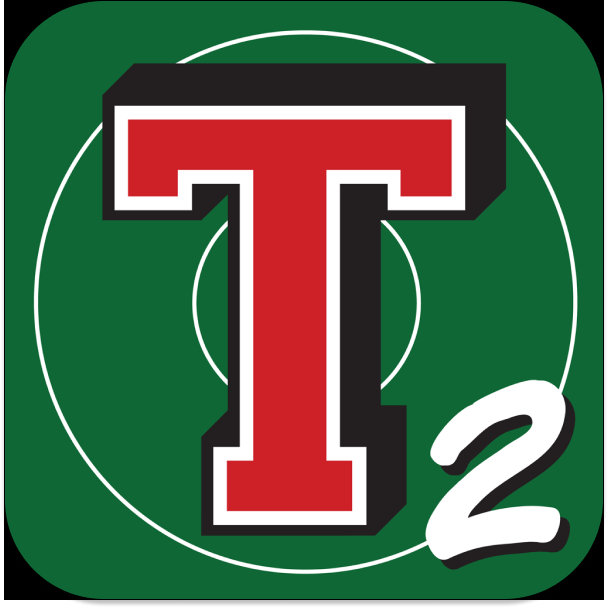Timely Updates for
Takedown Scoring and Stats Users

Takedown Scoring and Stats Release 2.1.1
Scoreboard customization is now available. Add logos, team scores...
Takedown Scoring and Stats Release 2.1.1
Takedown Scoring and Stats release 2.1.1 is available for download from the App Store. New features include...

Save Money, Impress your Fans with Scoreboard
Turn any digital display into a great looking scoreboard. Perfect for scoring tables or fans in the seats.
New Score Keeper? Get them trained before your first competition.
Don't ask your score keeper to use Takedown Scoring and Stats without a bit of training. Here's what we recommend.
Takedown Scoring and Stats New Features 2015-2016
We've introduced new features this season. Here's how to use them.
